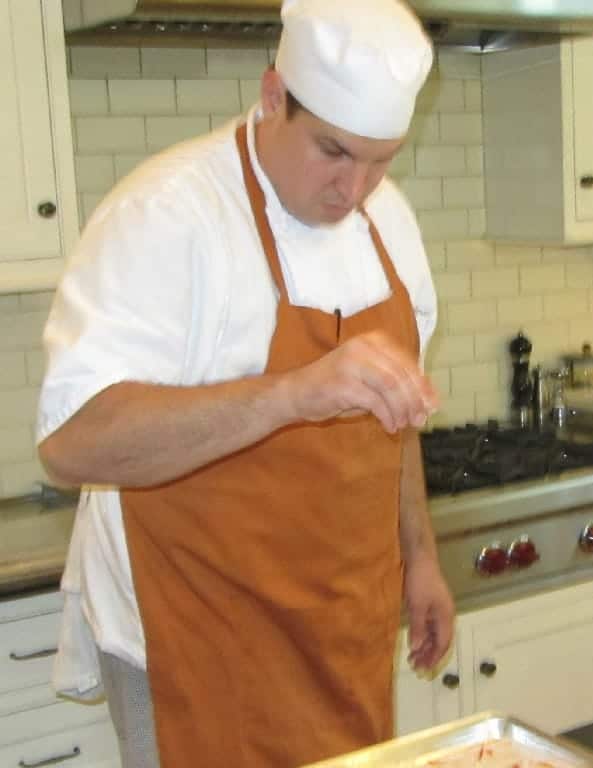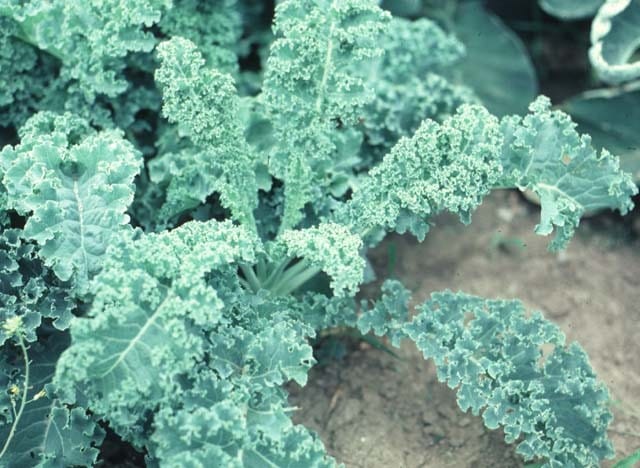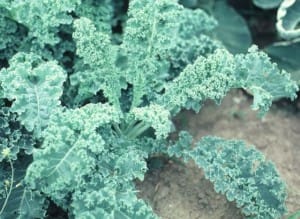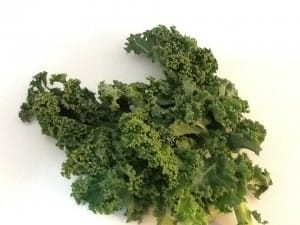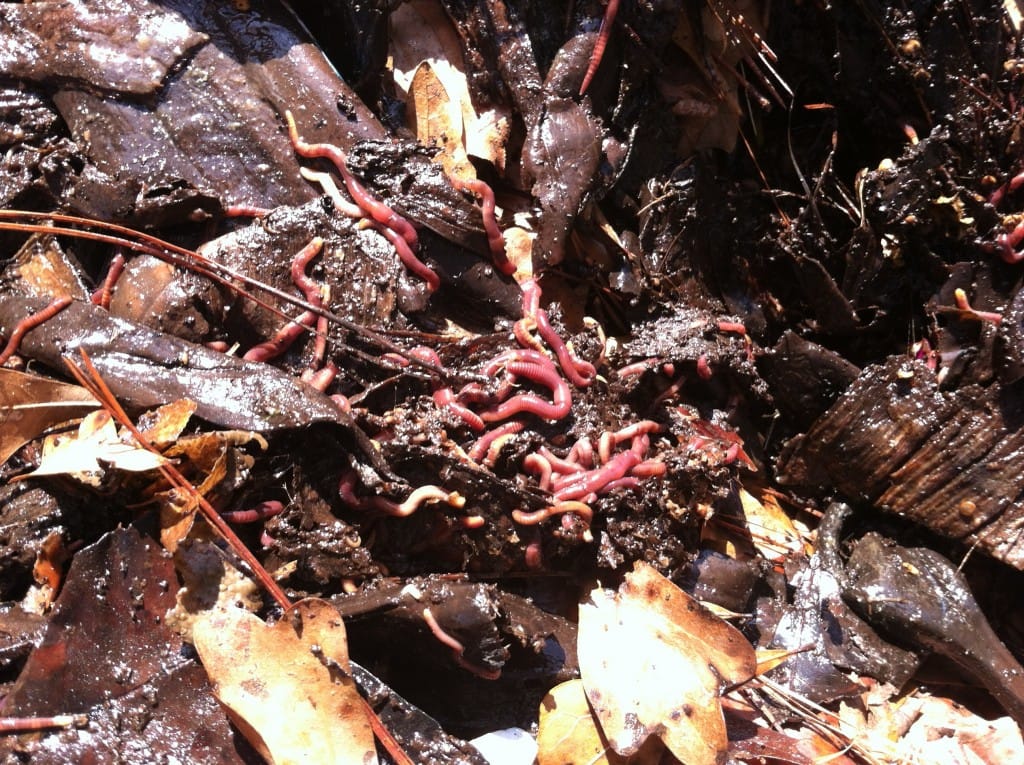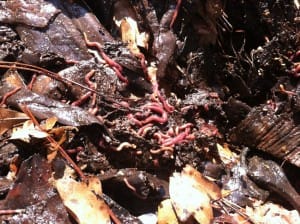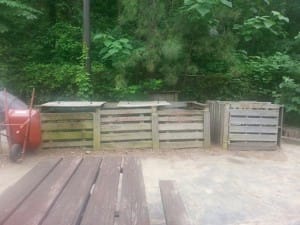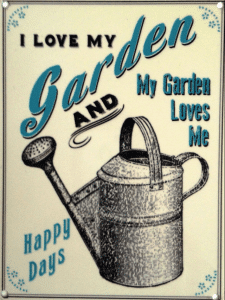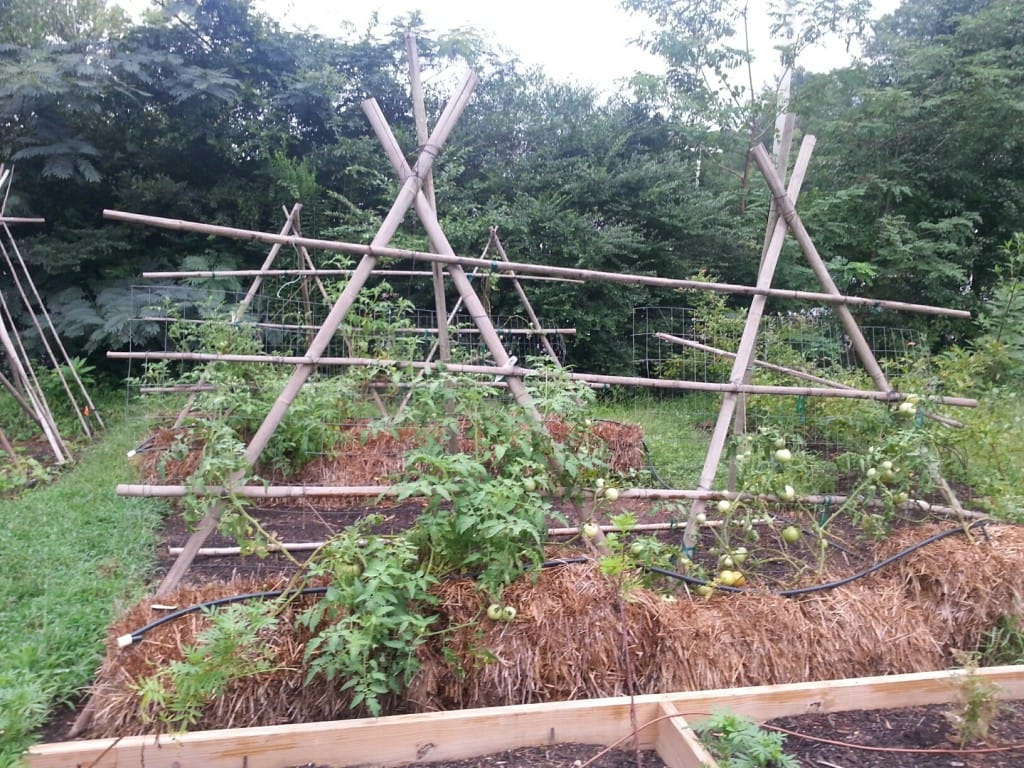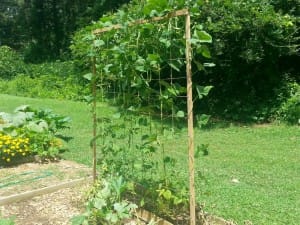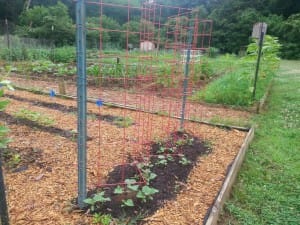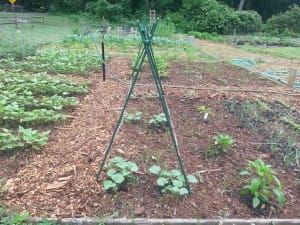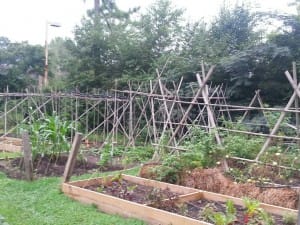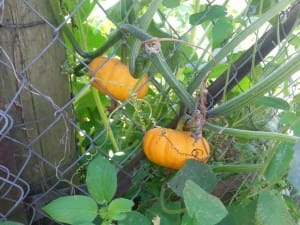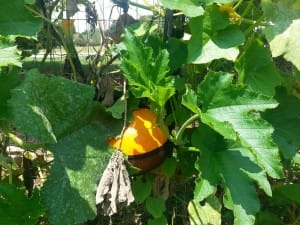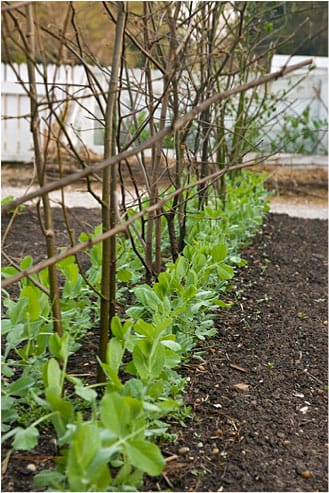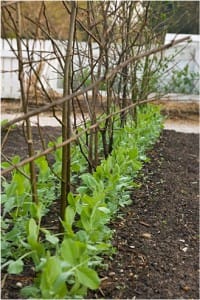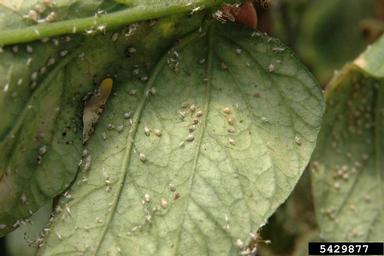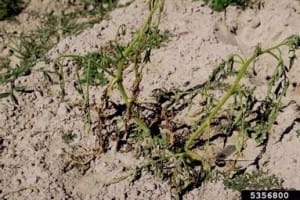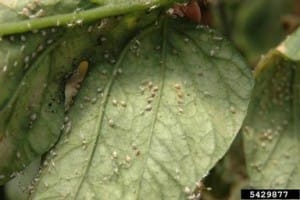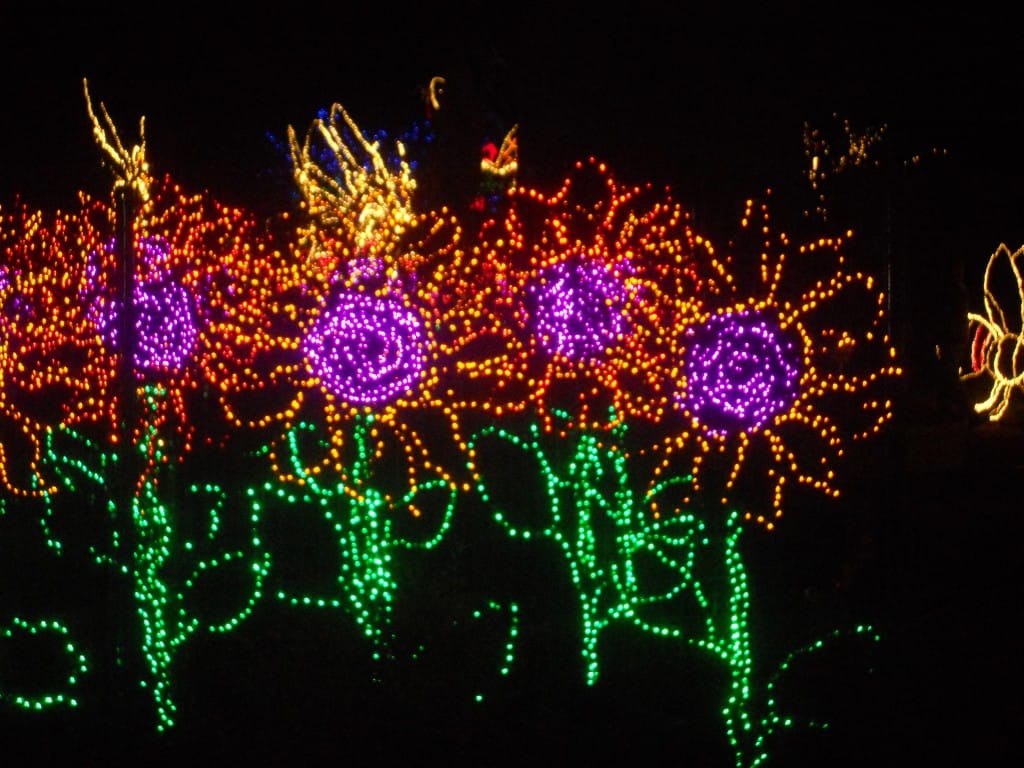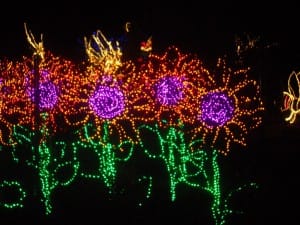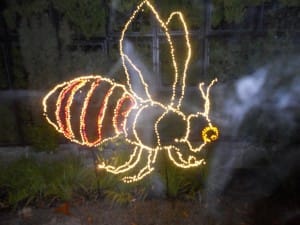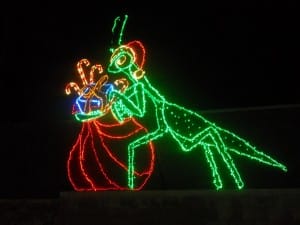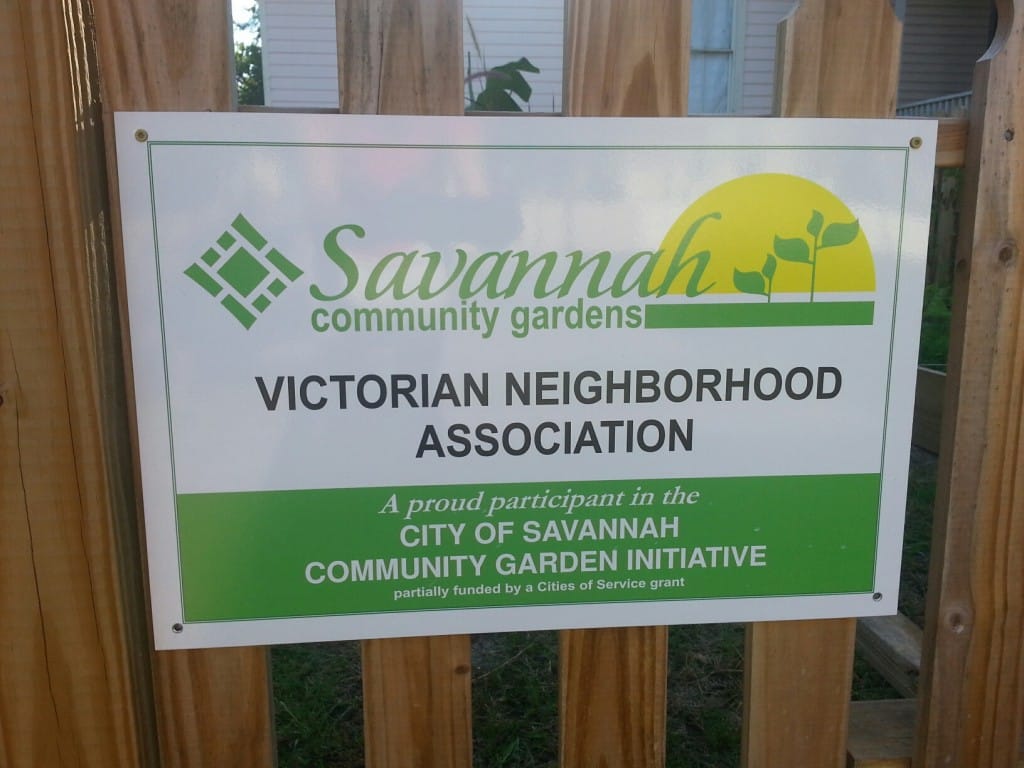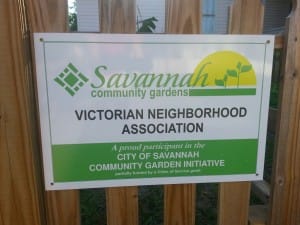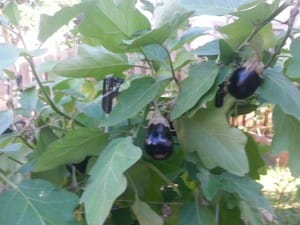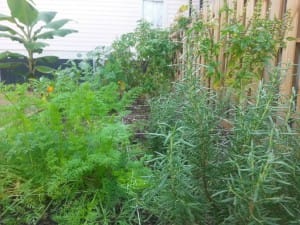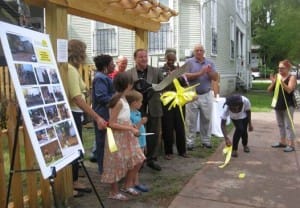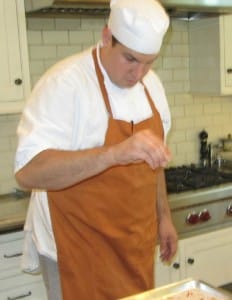
Chef Seth Freedman is a Southern man with New York chef training. That can be the best of both worlds! He still cooks with his grandmother’s cast iron skillet but using advanced culinary techniques.
Owner of Forage and Flame, Seth specializes in catering for groups large and small. He enjoys educating people about cooking locally grown food. In addition to Forage and Flame, Seth is a partner at Peach Dish where you can order fresh ingredients with recipes and have them delivered to your home for preparation. And, Seth loves his greens!
Recently he shared a kale recipe at the Georgia Organics conference. For those of us who are not kale lovers, we were impressed. I asked Seth if I could share the recipe and tips and he happily said “YES!”.
Kale and Apple Salad
1 bunch of kale
2 TBSP apple cider vinegar
1/4 cup olive oil
2 tsp honey
2 apples (crisp and sweet)
salt and pepper to taste
1. Remove stalks from the kale and discard them. Wash leaves and slice them thinly.
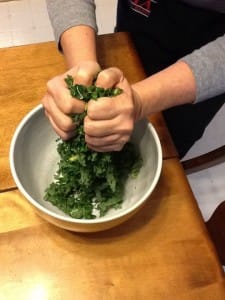
2. Dice apples into 1/4 inch cubes.
3. In a large bowl, mix vinegar with honey and ground pepper. Drizzle in the 1/4 cup of olive oil while whisking. Pour dressing into another container.
4. Add kale and a small sprinkle of salt to the large bowl. Using your clean, bare hands massage the kale with the dressing left on the sides of the bowl. Seth says to squeeze them so that you are actually bruising or breaking the greens a bit. Squeeze, mash, massage – really get in there. This helps take some of the bitterness out of the greens and is the secret to this recipe!
5. Pour the rest of the dressing over the kale and add the apple dices. Adjust seasoning, toss and serve.
Seth says that really any Georgia grown green will work in this recipe – mustard greens, collards – whatever you have growing in your garden plot. Remember the squeezing, mashing, massaging is the key!
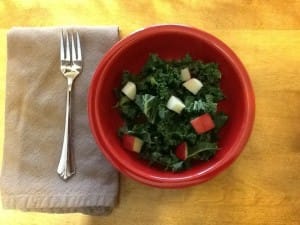 Let us know if you prepare this recipe and what you think of it. If you would like to contact Seth you can reach him at seth@peachdish.com. Thanks again, Seth, for sharing your expertise!
Let us know if you prepare this recipe and what you think of it. If you would like to contact Seth you can reach him at seth@peachdish.com. Thanks again, Seth, for sharing your expertise!
Happy eating!
